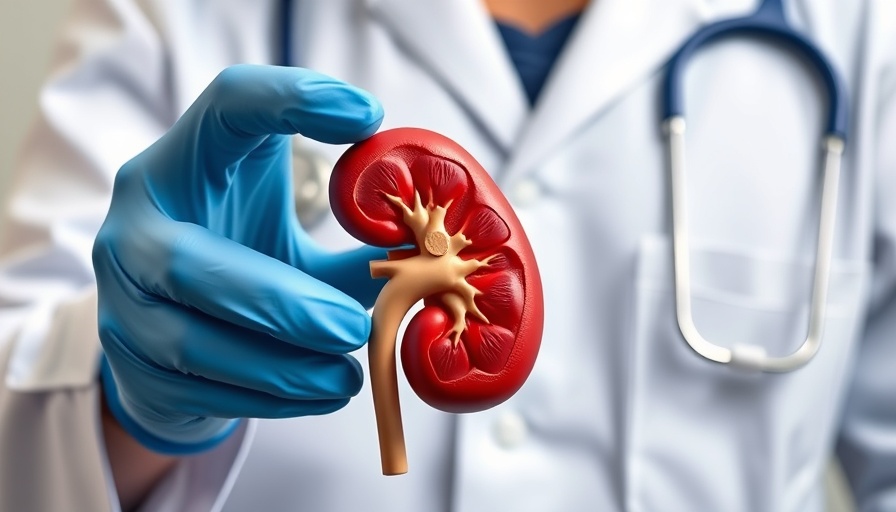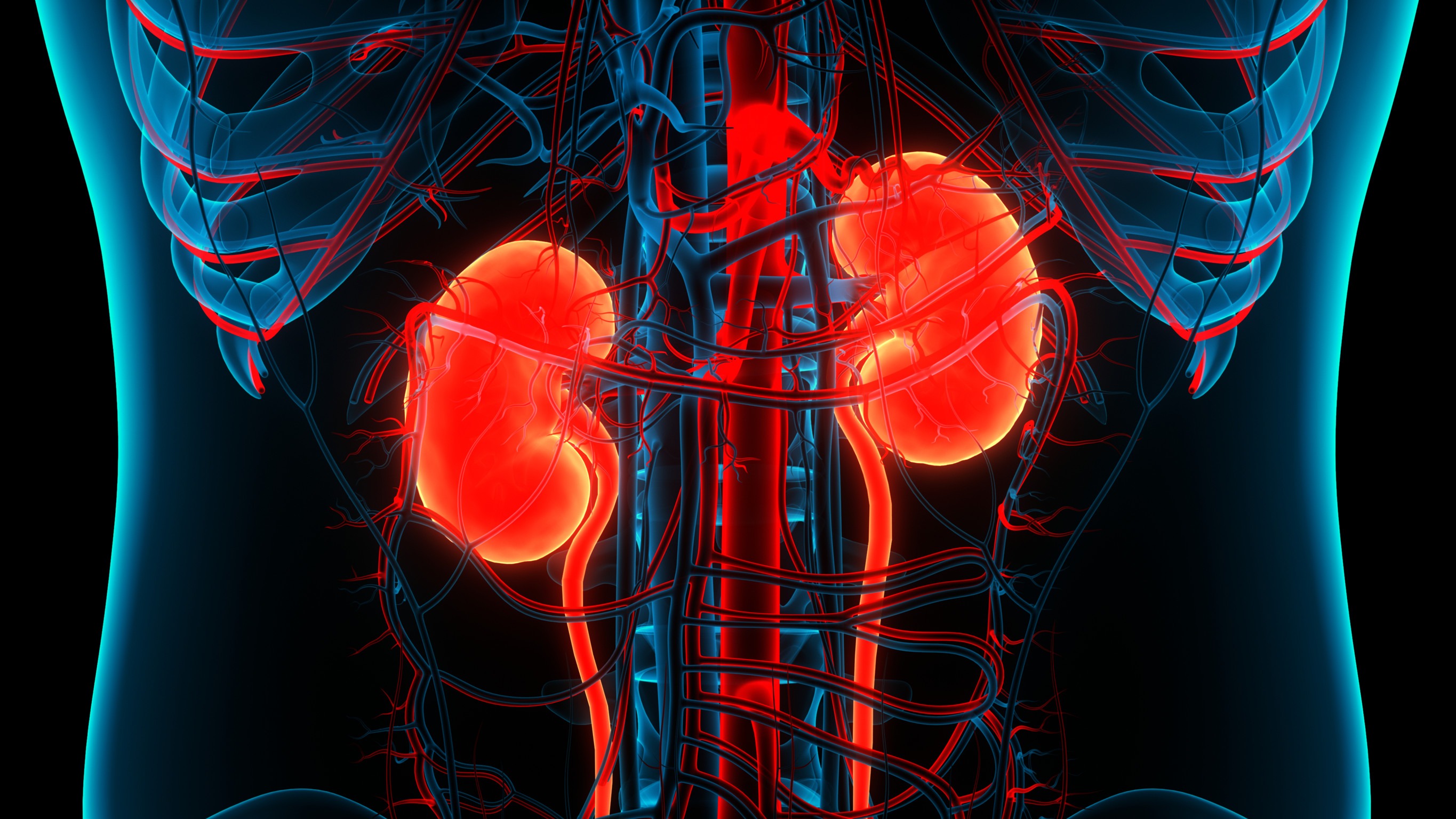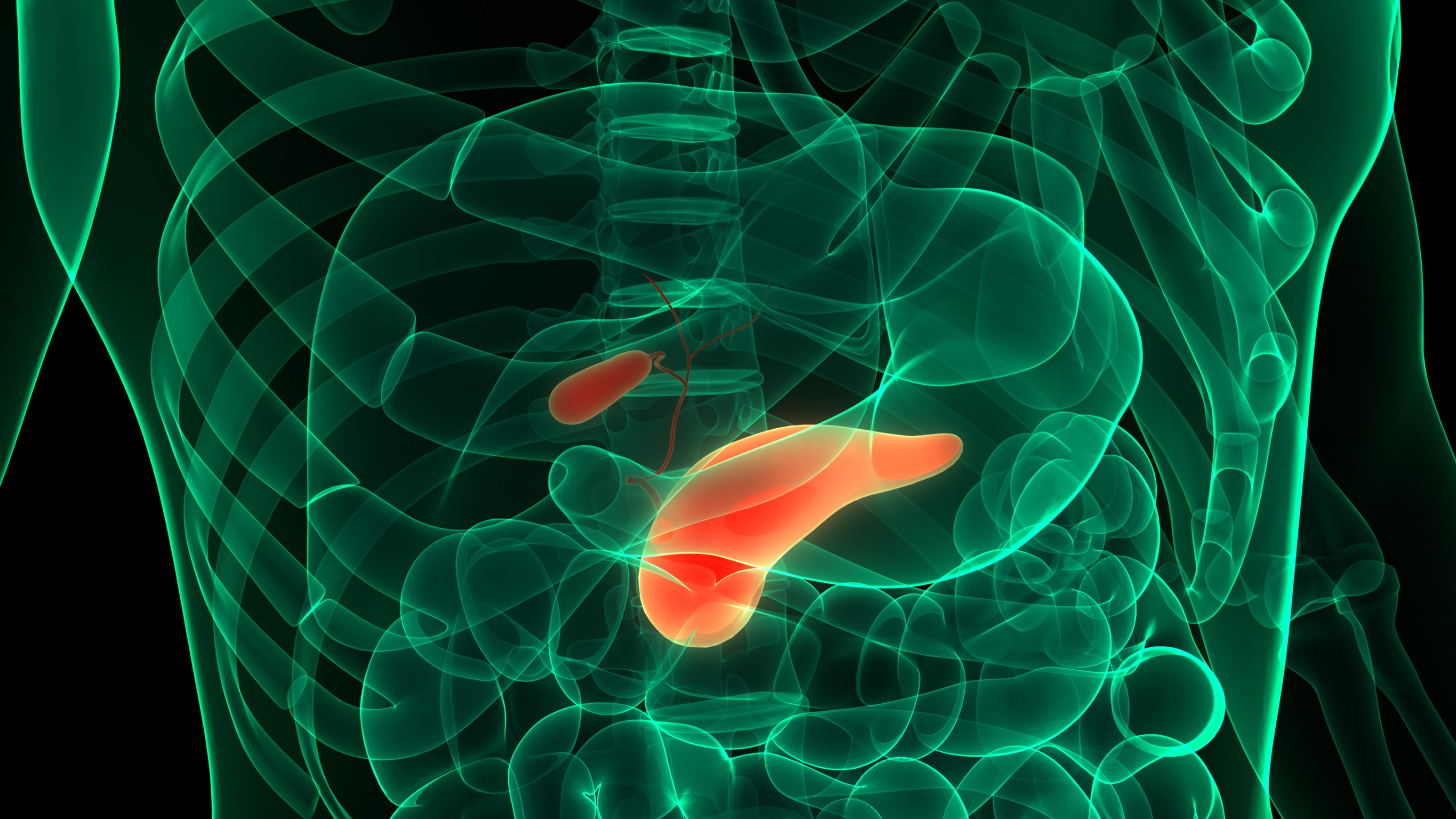
Discovering Pegcetacoplan: A Beacon of Hope for Kidney Health
In a remarkable advance for renal health, pegcetacoplan, a targeted inhibitor of C3 and C3b, has displayed sustained benefits in reducing proteinuria, a significant indicator of kidney disease, after a full year of treatment. Recent findings from the VALIANT trial, presented at the 62nd European Renal Association Congress in 2025 by Dr. Fadi Fakhouri, reveal that these advancements not only hold promise for long-term treatment but also present new avenues for managing complex kidney disorders such as C3 glomerulopathy and primary immune complex membranoproliferative glomerulonephritis (IC-MPGN).
The VALIANT Trial Results: What They Mean for Patients
The VALIANT trial, important in the world of kidney research, involved 124 participants diagnosed with these challenging conditions. In an initial double-blind phase, patients were treated either with pegcetacoplan or a placebo. After 26 weeks, those in the placebo group switched to pegcetacoplan, which opened the door for a comprehensive evaluation of its efficacy over a full 52-week period.
Patients initially receiving pegcetacoplan showed a remarkable 68.3% reduction in urine protein-to-creatinine ratio (uPCR) at week 52, building on an impressive 67.2% at week 26. This consistency showcased not just the efficacy but also the potential for long-term benefits leading to improved quality of life for patients contending with severe kidney issues.
Understanding the Implications of Proteinuria Reduction
Reducing proteinuria is a crucial aspect of managing kidney disease. Elevated levels indicate kidney damage, and the significant drop in levels among patients treated with pegcetacoplan could translate into reduced progression of kidney damage and potentially prolonging the need for dialysis or transplant. The 52-week data from VALIANT suggests a brighter prospect not only for those currently afflicted but for future generations dealing with related kidney ailments.
Maintaining Treatment Efficacy and Safety
Transitioning from a controlled study to an open-label phase, where all participants received pegcetacoplan, demonstrated that initial benefits carried over effectively. Safety was also confirmed, with treatment-emergent adverse events remaining similar between treatment groups, reflecting that pegcetacoplan is not just effective but also well-tolerated. Remarkably, infusion-related reactions decreased significantly, indicating improved patient tolerance with ongoing treatment.
The Bigger Picture: How This Influences Kidney Health
While the findings are encouraging, they highlight the ongoing need for awareness and research into kidney diseases. The broad implications of pegcetacoplan’s effects push for enhanced screening and early intervention strategies in at-risk populations. As kidney diseases remain a significant global health challenge, advancements like pegcetacoplan offer hope and represent a shift towards more effective, personalized treatment approaches.
Engaging with the Future: Predictions and Perspectives
The future of kidney disease management is looking brighter thanks to innovations in targeted therapies like pegcetacoplan. As data continues to unfold from ongoing studies, healthcare professionals and patients can expect more tailored treatment regimens aimed at minimizing kidney damage and improving lived experiences. The potential for safer and more effective options sets a hopeful tone for both patients and practitioners alike.
Adopting cutting-edge treatments could signal a turning point in how we view kidney disease and foster a more proactive stance in patient care. Incorporating ongoing education and community outreach will be key to spreading knowledge about early diagnosis and intervention, strengthening support systems for those affected.
As we look to the future, harnessing insights from clinical trials like VALIANT not only enhances treatment options but also inspires a collective movement toward well-being, sparking healthy conversations around kidney health and innovative solutions tailored to patient needs.
Call to Action: Be Informed, Stay Engaged
Take charge of your health journey by staying informed about advancements in kidney health. Engage with your healthcare provider to understand your risk factors and explore treatment options tailored to you. Whether you're managing a kidney condition or supporting a loved one, knowledge empowers you to make informed decisions and advocate for your well-being. Don't wait—start the conversation today!
 Add Row
Add Row  Add
Add 




 Add Row
Add Row  Add
Add 

Write A Comment